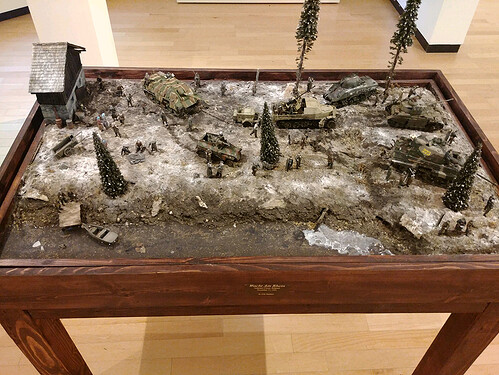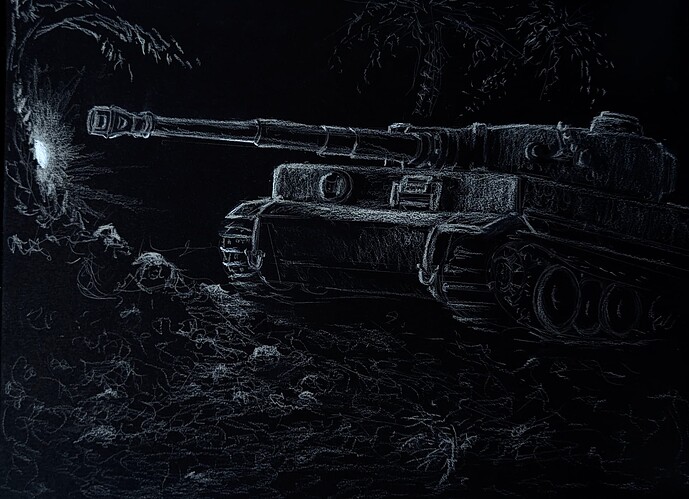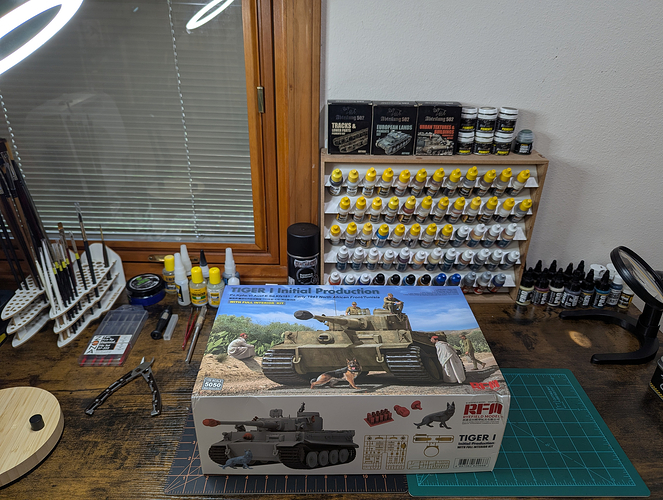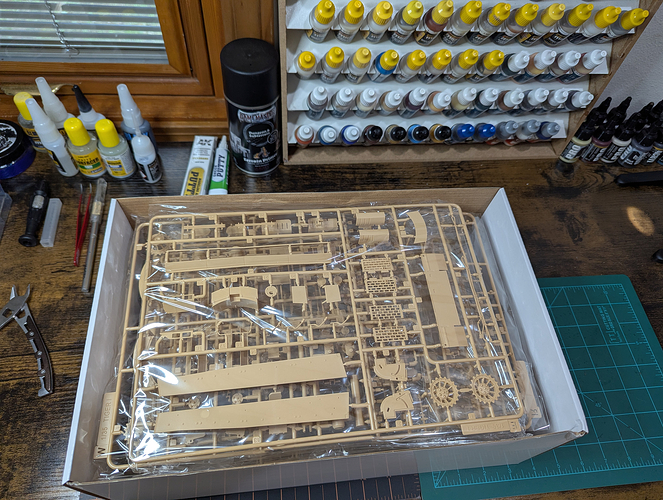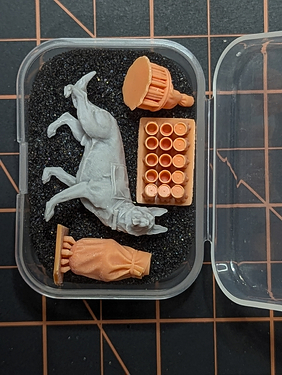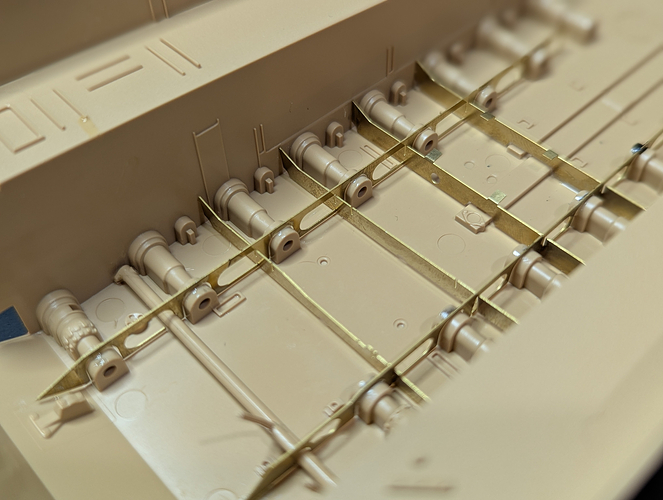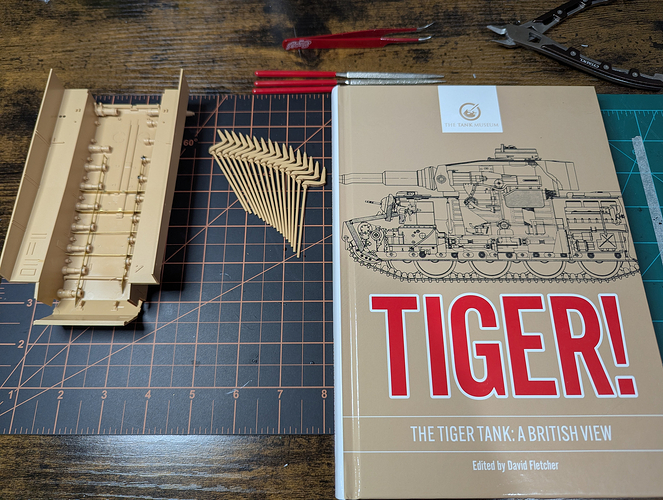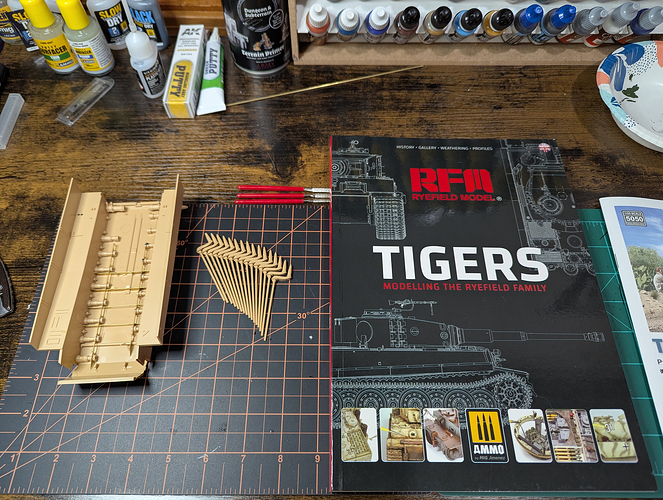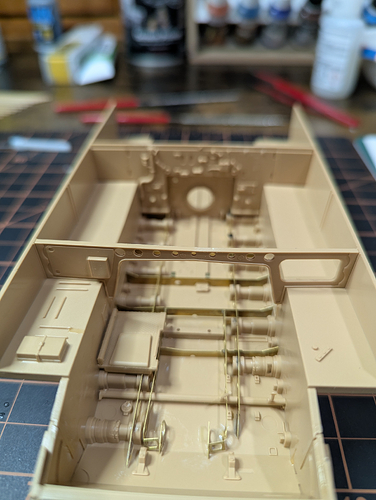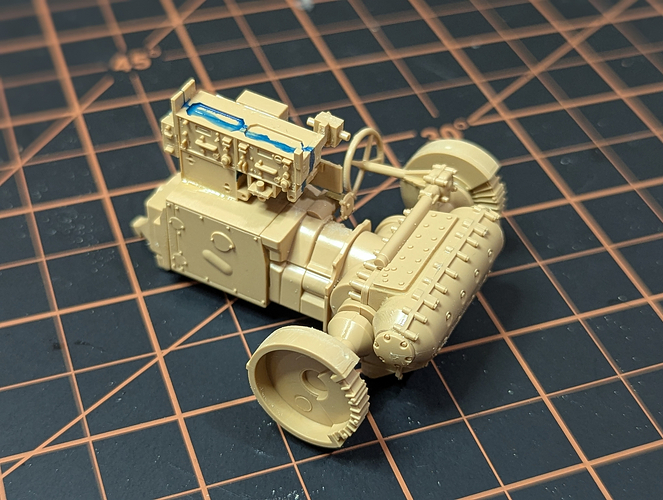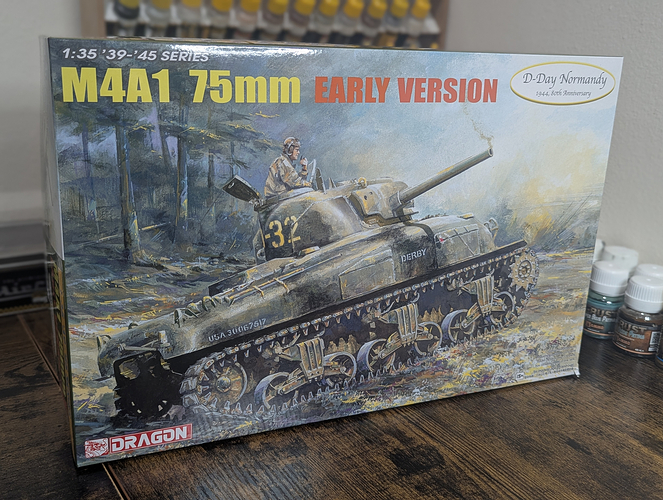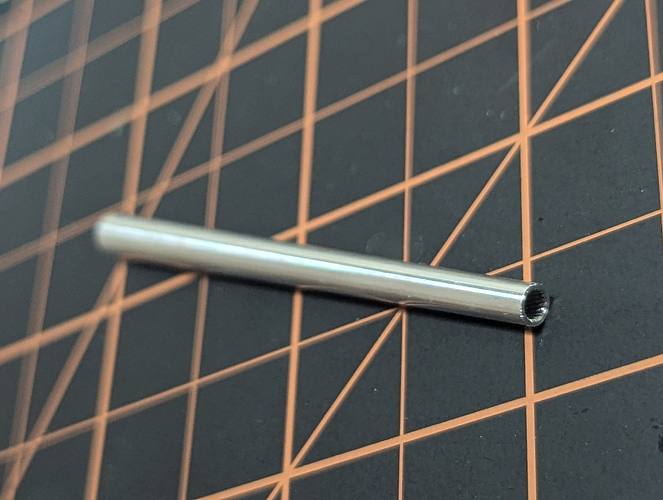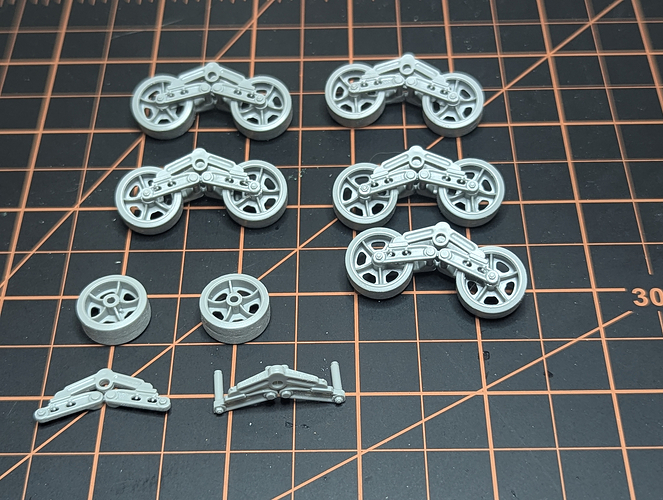Hey, everyone! I am new here to the Kitmaker Network and Armorama, and I am getting back into modeling after having fallen off for several years.
For just a bit of background - I built models and dioramas pretty often in high school and a bit more during undergrad, but once grad school started, things got very busy very quickly, and I stopped. Ironically, despite currently being a doctoral student and working full-time, I have more time and energy than I did before. Both my Bachelors and Masters were in Fine Arts, and I really love all aspects of creativity. That’s one of the main reasons I am eager to get back into it. Modeling, especially with dioramas, is such a cool mix of engineering and construction, sculpting, painting, and storytelling all in three dimensions.
This was the last diorama I made several years ago called Wacht am Rhein. It was a very fun build, and I learned a ton, but there are definitely elements I see that I’d probably attempt differently now. I’m pretty objectively a bit of a nerd, and there are few things I love more than learning and developing artistic skills, so I’m eager to jump into my first diorama in quite some time.
One thing I’d like to mention before going into the project itself is I make no claims to be a subject matter expert or even novice when it comes to the Second World War or armored vehicles. I have more than a decade of experience across both the Army and Air Force which gives me a solid foundation for understanding the nature of the military, equipment, uniforms, etc., but specifically relating to WWII vehicles and units, I know I’ll have to do some research and undoubtedly I will make some errors - which is part of the reason I’m posting here at KitMaker!
If there are thoughts, ideas, corrections you all have as I go through this build, I would be very appreciative and grateful for them. My goal is to maintain a relatively decent level of accuracy, but I also want put this disclaimer out that I may make some concessions on accuracy for the sake of creative liberty in service of the aesthetics or narrative underpinning. With that said, let’s get to it!
The overall idea for this project, tentatively titled Silent, is the depiction of an American unit in Shermans discovering an abandoned Tiger I in the hills of northern Tunisia circa early 1943.
Here’s a quick concept sketch I did to start brainstorming ideas of the feel and mood I’m going for with this diorama. I think one of my big takeaways in the preliminary research is that the terrain of Tunisia is so much richer than just flat sandy monochromatic desert, and so I want to integrate elevation and rocky hillsides and vegetation and, honestly, probably some type of water element for good measure. I am gathering reference resources for northern Tunisia that overlap at least in some type of plausible way with where operations took place and Tigers could have theoretically been. I’m not super familiar with where the heavy tank battalion operated or about their engagements with U.S. forces, so I’ll be doing some more digging on that.
I mentioned historical concessions, so the first major one that comes up is that an abandoned Tiger I was - to my knowledge - never recovered by the United States in Operation Torch, with only Tiger 131 seized by the British during this time. I know right out the gate I’m depicting a fictionalized event, which is going to present some interesting challenges in and of itself, which should be fun!
For the abandoned tank, will be using the Tiger I Initial Production (Tunisia) with interior from Rye Field Model along with the initial production upgrade set and metal barrel. I know it’s mostly going to be out of sight except for the really intrepid viewer who cranes to peer in the hatches, but I am going to do the interior anyway because I think it’ll be enjoyable. I am not sure what the track links are like with this kit, but if they don’t feel weighty enough, I’ll likely grab a set of the Fruilmodel early tracks.
Time to start building!
I appreciate you taking the time to check out what I’m working on, and I’m looking forward to exploring the cool builds everyone else is up to on here!
